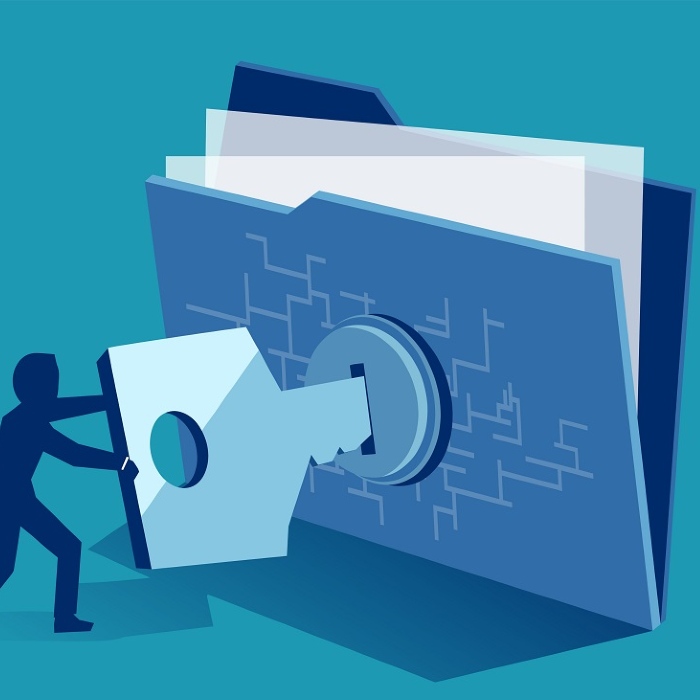Set it and forget it. That’s how digital security technologies used to work. Not anymore, according to Davis Hake, Adjunct Professor of Cyber Risk Management at the University of California, Berkeley, and co-founder of Resilience Insurance, a company that provides coverage against ransomware and other cyber-attacks.
“There needs to be more focus on what you do ‘right of boom,’” military parlance for how to quickly pick up the pieces following an attack and avoid catastrophic repercussions, Hake said.
“To date, most emphasis has been ‘left of boom,’ on prevention.”
With attack surfaces more widespread across governments, businesses and people’s personal digital footprint. Everyone needs to be on high alert in order to protect valuable information.
“You have to be ready to respond,” said Hake. “Your business has to be set up in a way that is flexible enough and you’re prepared enough that if a large attack does happen, it’s not catastrophic.”
















